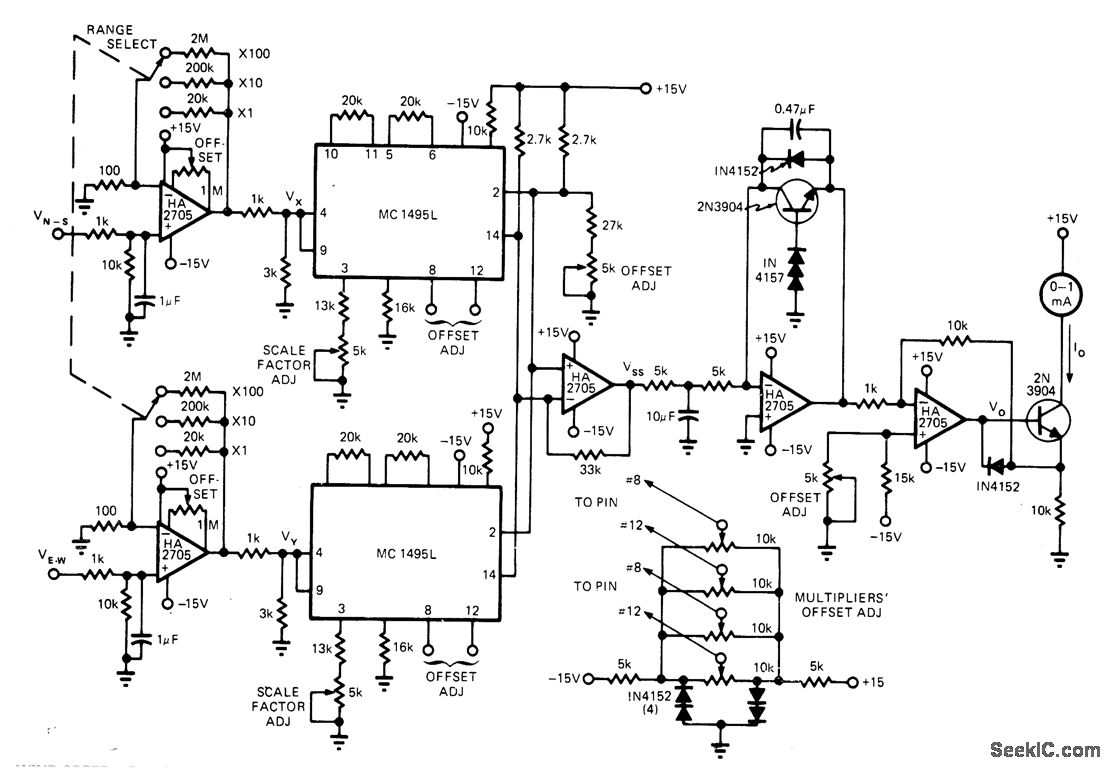

Warm equatorial air rises higher into the atmosphere and migrates toward the poles. At the Equator, the sun warms the water and land more than it does the rest of the globe. Differences in atmospheric pressure generate winds. Landforms, processes, and impacts of wind are called Aeolian landforms, such as sand dunes and Loess deposits, which are deposits of silt. It is the great equalizer of the atmosphere, transporting heat, moisture, pollutants, and dust great distances around the globe. It is strong enough to carry sailing ships across the ocean and rip huge trees from the ground. It can dry your clothes in summer and chill you to the bone in winter. It does not have much substance-you cannot see it or hold it-but you can feel its force. The actual speed remains the actual speed regardless of density.Wind is the movement of air caused by the uneven heating of the Earth by the sun. However, all these factors relate to the measured speed. There are many different types of anemometer, such as ultrasound devices which measure propagation delays owing to the passage of air through the device. The density of the air will have an effect on the measured speed of wind- the quality of an anemometer can be considered to reflect how well it can report wind speed independent of changes in density.įor a given wind speed, a simple ribbon anemometer would exhibit far less movement in very rarefied air than it would in very dense air.Ĭup anemometers too are calibrated for assumed range of air density- if an anemometer calibrated for use near sea level were taken to the top of Everest, say, it would need to be recalibrated owing to the reduced density of air at higher altitudes. We need to be clear that the wind speed we observe is an overall drift in the mass of air, which is superimposed on their faster random motions. You should also bear in mind that even on a still day when there is no wind, the average speed of air molecules might still be around 1,000mph, so it is wrong to equate wind speed directly with the speed of molecules. You might find it helpful to distinguish between actual wind speed and measured wind speed, since your question seems more about the latter than the former. The ribbon also relies on how hard it is being pushed against gravity so would also give different readings for different air densities.

In an airplane you don't really care about this compensation because what you really care about is that you are flying fast enough so you don't fall out of the sky for the air density you are flying in so the direct pressure from the pitot tube is what you want. However, things like a pitot tube measure pressure and in that case you do have to compensate for air density if you want to know true air speed. The high torque car might be able to push harder the same higher density air can push harder but it's not travelling any faster. The fact one car puts out more torque just means it accelerates faster up to max speed but both are still limited by the fact that their wheels can't spin any faster.

Like two cars of the same mass both redlining at the same speed, one with low torque engine and one with a high torque engine. It would take longer to adjust to changes in wind speed if the air was less dense though. For something like a vane or cup anemometer that actually measures wind speed directly, I don't see why the anemometer would not indicate the same windspeed regardless of density with error due to friction (which would increase as air density or wind speed decreases).


 0 kommentar(er)
0 kommentar(er)
